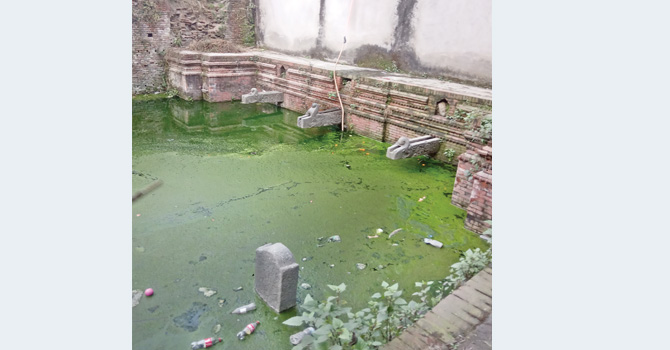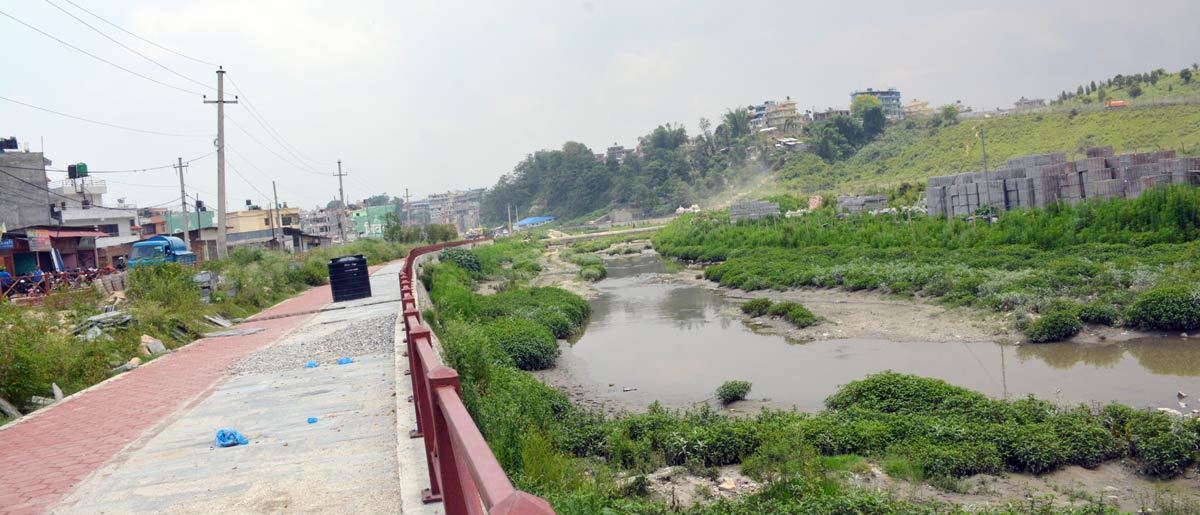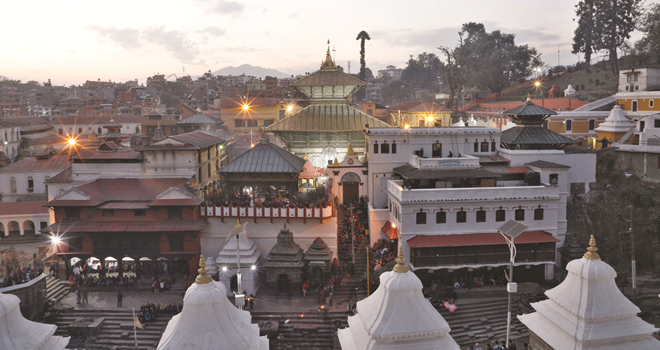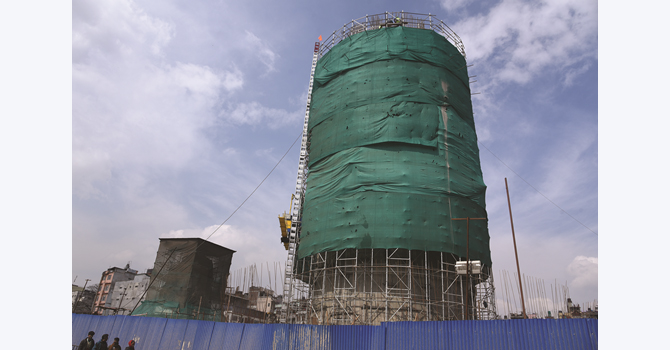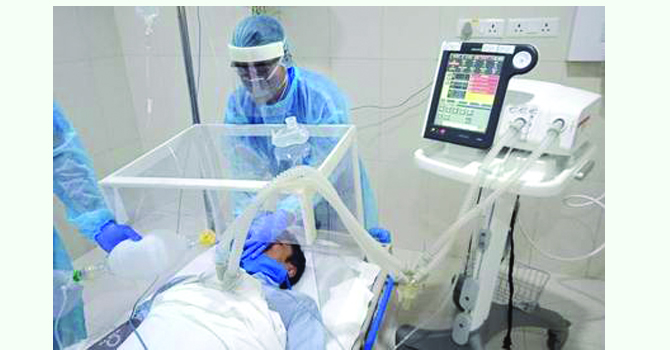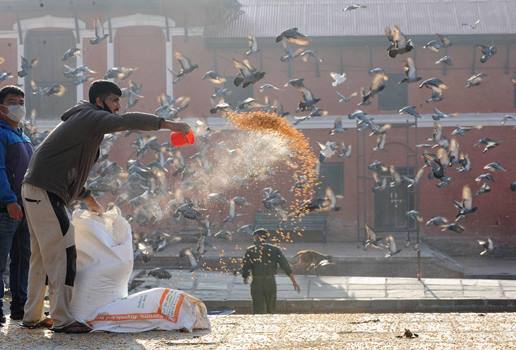Govt decision big relief for National Archives, Archaeology Dept.
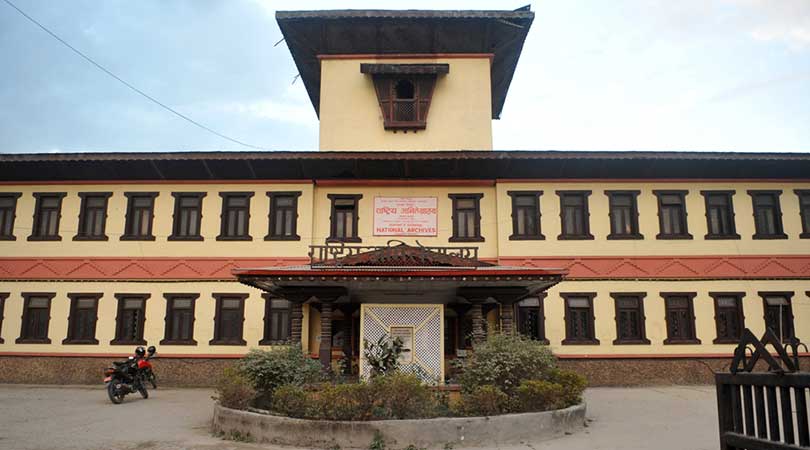
By Binu Shrestha
Kathmandu, June 23: The issue of relocating the offices of the National Archives (NA) and Department of Archeology (DoA) from their present location at Ram Shah Path has now been resolved after a Cabinet meeting on June 16 decided not to shift them from the present location.
Officials of the NA and DoA had long been worried after the Supreme Court Management Committee (SCMC) had piled pressure to vacate the office areas as the land where the offices stand is registered in the SC’s name.
A Cabinet meeting on May 8, 2014 had taken a decision to hand over the land of the NA office to the Supreme Court for parking purpose.
The government decisions had created problems for both Department of Archeology (DoA) and National Archives as they had to shift to a new place.
It took seven years for the government to correct it by deciding to transfer the land owner certificate to DoA and compensating the SC by giving it equal area of land of Cavalry Battalion.
Officials of the DoA and NA spent seven years under pressure of the SCMC to shift their offices from the current site while the government failed to provide them another place to shift the offices.
The government took a long time to take the right decision on the issue of NA, but it finally came in favour of NA, said Saubhagya Pradhananga, chief of National Archives. “The anxiety of the officials of NA has ended with the latest cabinet decision.”
The current decision shows that the government is aware of the importance of archives, she added. Original document could be damaged for good if such documents were shifted.
“The documents are in poor condition and if we try to move them, they will be torn. The nation could have suffered a big loss if the government had not taken a decision in favour of the NA,” she said.
In the end, the government took a good decision evaluating the importance of documents preserved inside the NA office, she said.
She suggested that the government should be coordinating with related departments or offices before taking any decision about them. “We spent seven years without making any new plan for further development of NA due to the uncertainty. But now, we are free from the anxiety and can make future plans,” she added.
Kumar Shrestha, chief photographer of NA, said that the current action of the government would do well for the preservation of the national property.
He said that maintenance process of NA building was currently underway.
Approximately 50,000 documents are preserved in the NA building. Out of them, 30,000 are manuscripts. Microfilm collections comprise 5,300,000 folios from 2000,000 separate manuscripts preserved on negative and positive.
Around 2 million digital images were scanned and those images are kept safely at the server of National Archives and GIDC of Singha Durbar, he added.
Moreover, texts and scripts written in different languages, particularly Nepali, Sanskrit, Newari, Tibetan, Maithili, Hindi and Avadhi have been kept in a systematic way.
The texts are in the form of legends and myths, moral stories, dramas and hymns while others deal with astrology, medicine, philosophy, religion and others.
Recent News

Do not make expressions casting dout on election: EC
14 Apr, 2022
CM Bhatta says may New Year 2079 BS inspire positive thinking
14 Apr, 2022
Three new cases, 44 recoveries in 24 hours
14 Apr, 2022
689 climbers of 84 teams so far acquire permits for climbing various peaks this spring season
14 Apr, 2022
How the rising cost of living crisis is impacting Nepal
14 Apr, 2022
US military confirms an interstellar meteor collided with Earth
14 Apr, 2022
Valneva Covid vaccine approved for use in UK
14 Apr, 2022
Chair Prachanda highlights need of unity among Maoist, Communist forces
14 Apr, 2022
Ranbir Kapoor and Alia Bhatt: Bollywood toasts star couple on wedding
14 Apr, 2022
President Bhandari confers decorations (Photo Feature)
14 Apr, 2022


